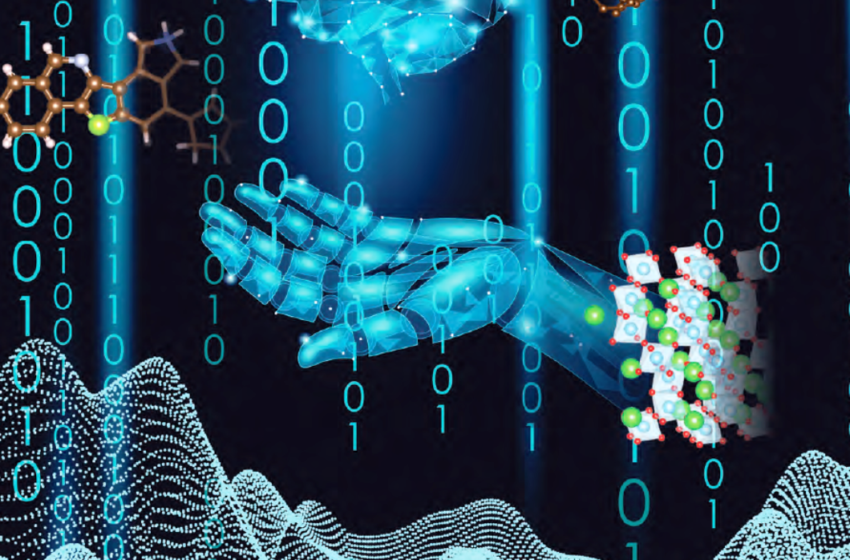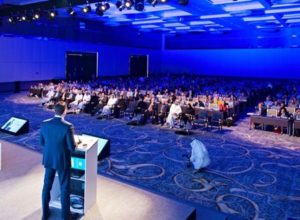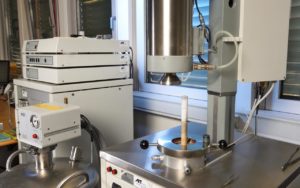Encouraging faster materials development for compact storage
October 30, 2019
Illustration: Cover page of the Materials Acceleration Platform reportThe idea of Materials Acceleration Platforms (MAPs) was thought up in Innovation Challenge 6 (IC#6), Clean Energy Materials, set up by Mission Innovation (MI), and was described in a report published in January 2018 (see the attached PDF). According to the summary pages of the report, MAPs aim at speeding up the discovery of new materials by at least a factor of 10. To meet this aim, the authors of the document recommend the use of automated robots that allow for rapid characterisation as well as the use of artificial intelligence plus large computational resources.
“We have decided to use the MAP approach with thermochemical materials first,” said van Helden. He is one of the chairs of a global group of about 40 leading thermal storage researchers who are working on Task 58 set up by the IEA Solar Heating and Cooling programme. At the task meeting in Ottawa, Canada, in April, several IEA SHC researchers met with IC#6 representatives from the Canadian government to discuss ideas for developing a TESMAP.
To continue the discussion, van Helden and some of his colleagues subsequently met with Mission Innovation representatives from the European Commission and the UK in Brussels in June, since the EC is in charge of the thermal energy storage priority area in IC#7, Affordable Heating and Cooling of Buildings. At the meeting in June, the decision was made to schedule a workshop for this November, when initial steps and actions for a TESMAP would be defined.
“At the workshop, we will first introduce the Materials Acceleration Platform (MAP) concept and visit the MAP area at the Erlangen-Nürnberg Helmholtz Institute for Renewable Energy,” said van Helden. “Afterwards, we will form subgroups, in which we can discuss the next steps and actions we need to take to develop a TESMAP.”
To register for the workshop, please contact Wim van Helden at AEE INTEC: w.vanhelden@aee.at
Organisations mentioned in this article:


